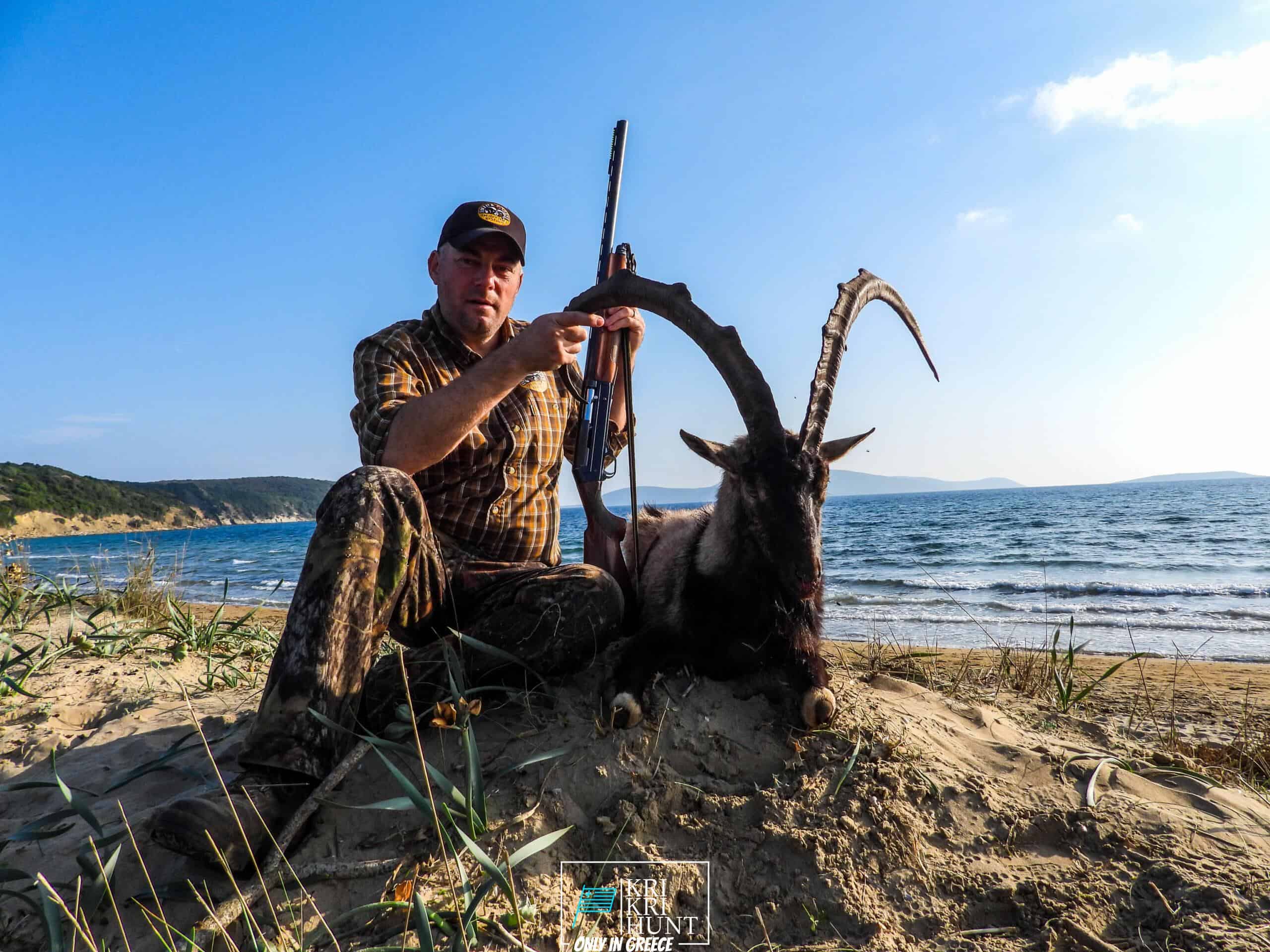Kri-kri ibex searching in Greece-- your desire trip
Kri-kri ibex searching in Greece-- your desire trip
Blog Article

The Peloponnese peninsula on the Greek Mainland is commonly described as the 'genuine' Greece. Since it has taken care of to remain relatively untouched by mass tourism and also maintains a lot of its conventional appeal, this is. Peloponnese is the location for you if you're looking for an authentic Greek experience. As well as what far better means to discover this gorgeous area than on one of our exterior hunting, fishing, as well as complimentary diving excursions?

There is no collection variety of Ibexes, as the populace varies. The Kri-Kri is the tiniest ibex species (Capra Aegagrus Cretica) in regards to body weight, but it has some long horns. Despite the fact that some specimens were determined at 115 centimeters in length, they were not counted in the study. Hunting of the Kri-Kri ibex is presently occurring in Greece. An Ibex gold prize actions 24 inches long. Searching is permitted on Atalanti and Sapientza islands. On Atalanti, searching is enabled from the recently of October to the very first week of December. Hunting in Sapientza is permitted the entire month of November, assuming the climate agrees with.
Our outside searching, angling, as well as cost-free diving excursions are the best means to see whatever that Peloponnese has to provide. These trips are designed for travelers who wish to leave the beaten path and really experience all that this amazing region needs to provide. You'll reach go searching in a few of the most beautiful wilderness areas in Greece, fish in crystal-clear waters for a selection of different species, and complimentary dive in some of the most stunning shoreline in the Mediterranean. And best of all, our skilled overviews will certainly be there with you every step of the way to make sure that you have a risk-free and also enjoyable experience.
There is really something for every person in the Peloponnese peninsula. Whether you want background and culture or nature and exterior activities, this is a suitable location for your next vacation. If you are short on schedule, our hunting and touring Peloponnese Tours from Methoni is an excellent method to see whatever this awesome location has to offer.And lastly, your Kri Kri ibex trophy is awaiting you.
What is the diference between Kri Kri ibex, Bezoar ibex and hybrid ibex
The kri-kri is not thought to be indigenous to Crete, most likely having been imported to the island during the time of the Minoan civilization. Nevertheless, it is found nowhere else and is therefore endemic to Crete. It was common throughout the Aegean but the peaks of the 8,000 ft (2,400 m) White Mountains of Western Crete are their last strongholds–particularly a series of almost vertical 3,000 ft (900 m) cliffs called ‘the Untrodden’—at the head of the Samaria Gorge. This mountain range, which hosts another 14 endemic animal species, is protected as a UNESCO Biosphere Reserve. In total, their range extends to the White Mountains, the Samaria National Forest and the islets of Dia, Thodorou, and Agii Pandes.
This Ibex is NOT a diminutive form of the Bezoar Ibex, which has migrated into the western-most reach of the range of this species. The kri – kri (Capra aegagrus cretica), sometimes called the Cretan goat, Agrimi, or Cretan Ibex, is a feral goat inhabiting the Eastern Mediterranean, previously considered a subspecies of wild goat. The kri-kri has a light brownish coat with a darker band around its neck. It has two horns that sweep back from the head. In the wild they are shy and avoid tourists, resting during the day. The animal can leap some distance or climb seemingly sheer cliffs.
“The agrimi goat Capra aegagrus cretica is unique to Crete and its offshore islands. It has been identi®ed as a sub-species of the wild bezoar goat Capra aegagrus aegagrus Erxleben, 1777, which it closely resembles in horn shape, body form and coloration. This classi®cation has been disputed by some researchers who claim that the agrimi are feral goats, derived from early domestic stock brought to the island by the ®rst Neolithic settlers. In order to clarify this issue, DNA analyses (cytochrome b and D loop sequences) were carried out on tissue of live and skeletonized agrimi and compared to sequences of wild and domestic caprines. Results conclusively show the agrimi to be a feral animal, that clades with domestic goats (Capra hircus) rather than with wild Asiatic bezoar. This study demonstrates that morphometric criteria do not necessarily re¯ect genetic af®nities, and that the taxonomic classi®cation of agrimi should be revised.”
Report this page